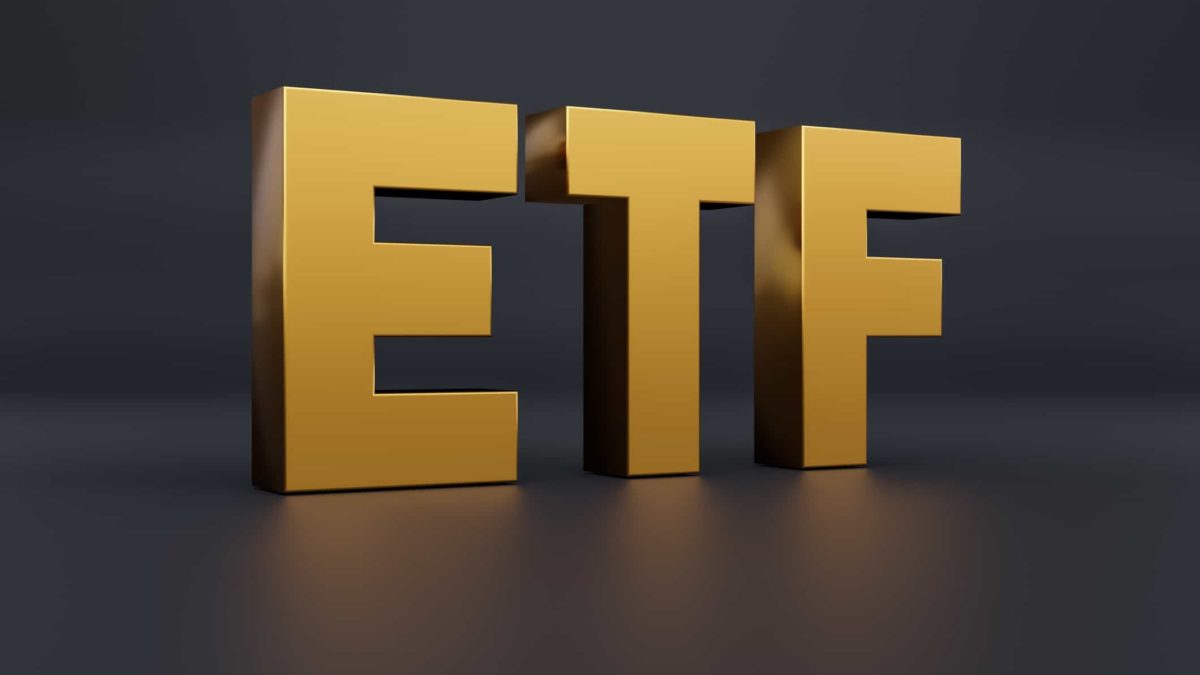With gold prices recently breaking even more record highs, it's no surprise to see ASX gold exchange-traded funds (ETFs) follow suit.
There are a few ASX gold ETFs on our market, and most have delivered stunning gains over the past year or so, reflecting the optimism in the precious metal markets.
Take the Global X Physical Gold ETF (ASX: GOLD), a popular ASX gold ETF. At the start of 2024, GOLD units were going for $27.96. Today, those same units are trading at $35.52 each, a rise of 27%.
The Perth Mint Gold ETF (ASX: PMGOLD) has fared similarly. PMGOLD units were asking $30.20 in early January but are trading for $38.28 each today, a rise of 27%.
The BetaShares Gold Bullion ETF (ASX: QAU), which, unlike the previous two funds, is hedged against currency movements, has been slightly less successful. QAU units are up 25% this year, going from $17.37 each to today's $21.72.
Another ASX gold ETF worth mentioning is the VanEck Gold Miners ETF (ASX: GDX). Unlike the other ETFs here, GDX doesn't track the bullion price of gold. Instead, it invests in a basket of global gold mining stocks.
Owners of this investment have enjoyed a 27% gain over 2024 so far.
So we've established that gold, and by extension, ASX gold investments, have had a great year to date. It doesn't hurt when the price of gold itself has risen from approximately US$2,066 per ounce to this week's new record high of US$2,635.
But many ASX investors don't own gold right now. As such, they are probably wondering whether they should. After all, gains like these are difficult to watch from outside the tent.
Should investors buy ASX gold ETFs at record prices?
Tom Stevenson, investment director at fund manager Fidelity, put forward some ideas on this question in a recent publication.
Steveson wastes no time in pointing out that gold has had an extraordinary few years. He noted the following:
one of the best performing assets over the past two years has been neither an equity index nor fixed income… Even without the benefit of an income stream (the main driver of total returns from most investments), gold has given investors a 54 per cent profit since September 2022.
The director argues that gold's rise can be put down to a few factors. These include supply and demand – there have been more buyers (mainly central banks) than sellers. That's in addition to what's happened globally with inflation and interest rates, investor trust in gold assets, and gold old investor momentum.
Despite describing himself as a current gold investor, Stevenson notes that he is still "a sceptical bull" of gold (and gold ETFs, by extension) at current prices. He even goes as far as stating that "if someone were to ask me today whether they should too, I would struggle to answer them".
Why the hesitation? Stevenson points to gold's track record:
Gold is a volatile asset and can require extreme patience at times. If you had bought an ounce of the precious metal in September 2011 at the height of Europe's sovereign debt crisis, you would have paid around US$1800.
You would have had to wait until mid-2020, when there was still no end in sight to the Covid pandemic, before that investment was, briefly, back above water. Two years ago, you would still have been in negative territory. Gold does nothing for years, and then suddenly it takes off.
However, he also states that "If you are prepared to hold for the long term, gold can be a great store of value".
There is something here for everyone, it seems. At the end of the day, it will probably come down to each investor's personal beliefs and proclivity for gold's nature as an investment.








